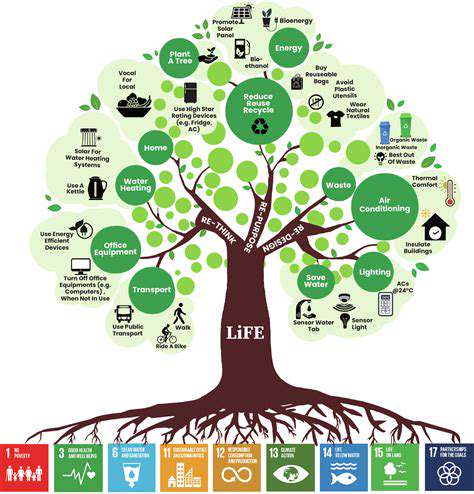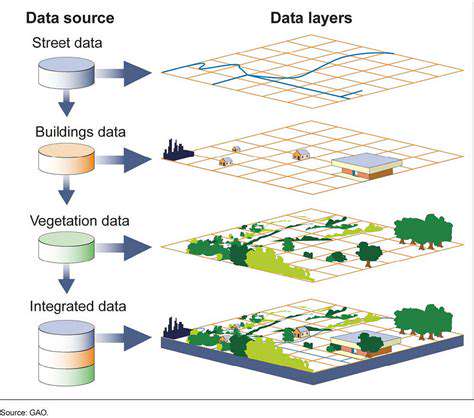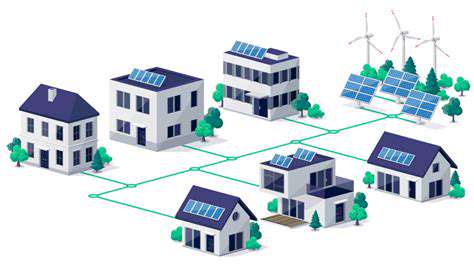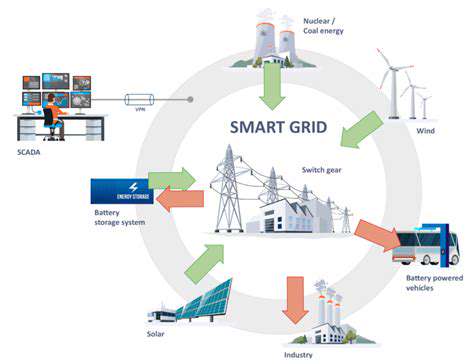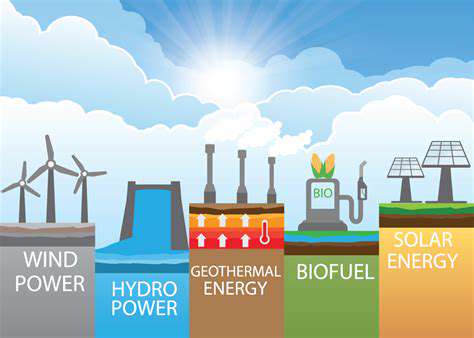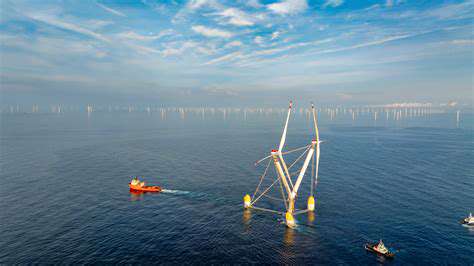Long Duration Energy Storage Technologies: Flow Batteries, Compressed Air, Gravity
Compressed Air Energy Storage (CAES): A Primer
Compressed Air Energy Storage (CAES) is a promising technology for long-duration energy storage, offering a viable solution for intermittent renewable energy sources like solar and wind. This technology essentially captures excess energy by compressing air, storing it in underground caverns or specially designed tanks, and then releasing it to generate electricity when needed. This process leverages the inherent energy contained within compressed air, providing a robust and reliable energy storage mechanism.
Harnessing the Power of Pressure: The CAES Process
The CAES process involves several key stages. First, during periods of high energy production, excess electricity is used to compress ambient air to extremely high pressures. This compressed air is then stored in designated underground repositories, often former salt caverns or depleted natural gas reservoirs, ensuring high safety standards are adhered to. Subsequently, when demand for electricity surges, the stored compressed air is released, driving turbines and generating electricity.
Advantages of CAES for Long-Duration Energy Storage
CAES boasts several advantages that make it a compelling option for long-duration energy storage. Its ability to store energy for extended periods, often measured in hours or even days, is a crucial factor in balancing intermittent renewable energy sources. Furthermore, CAES has a high efficiency rate compared to other long-duration storage technologies, meaning less energy is lost during the storage and retrieval process. This efficiency is a critical factor in the overall cost-effectiveness of the technology.
Challenges in Implementing CAES
Despite its potential, CAES faces some challenges. One significant hurdle is the high capital investment required for infrastructure development, including the construction of underground storage facilities and the necessary compression and turbine systems. The selection of appropriate storage sites and rigorous safety assessments are essential to mitigate potential risks associated with high-pressure air storage. Additionally, the efficiency of the entire system depends on the sophistication of the compressor and turbine units.
Environmental Considerations and Sustainability
Environmental impact is a crucial consideration for any energy storage technology. CAES, while generally considered environmentally friendly, requires careful site selection and management to minimize any potential negative effects. Proper site assessment and monitoring are essential to ensure the safety and stability of underground storage facilities. The overall environmental footprint of CAES hinges on the efficient use of resources during the entire lifecycle of the technology, from manufacturing to operation.
The Future of CAES in a Sustainable Energy Landscape
As the world transitions towards a more sustainable energy future, CAES plays a vital role in integrating intermittent renewable energy sources into the grid. Continued research and development efforts are focused on improving the efficiency and reducing the cost of CAES systems, making it a more accessible and attractive option for long-duration energy storage. The potential for large-scale deployments of CAES systems could significantly contribute to a more reliable and sustainable energy infrastructure.
Gravity-Based Energy Storage: Leveraging the Force of Gravity
Harnessing Potential Energy
Gravity-based energy storage systems capitalize on the fundamental principle of potential energy. These systems store energy by lifting a heavy object, typically a mass of water or a weighted mechanism, to a higher elevation. This process converts electrical energy into the potential energy stored within the elevated object. The stored potential energy can then be released by allowing the object to descend, converting it back into usable electrical energy, making it a versatile and potentially highly efficient energy storage solution.
Types of Gravity-Based Systems
Various types of gravity-based energy storage systems exist, each employing different mechanisms for lifting and lowering the storage medium. Hydro-pumped storage, a prominent example, utilizes large reservoirs at different elevations. Water is pumped from a lower reservoir to an upper one during periods of low energy demand, storing the energy. When power is needed, the water is released, driving turbines and generating electricity. Other approaches involve specialized, automated lifting mechanisms, often employing counterweights or other advanced systems.
Efficiency and Scalability
The efficiency of gravity-based energy storage systems is generally high, often exceeding 80% in well-designed systems. This high efficiency is a significant advantage compared to some other energy storage technologies. Furthermore, these systems can be scaled to meet various energy needs, from small-scale domestic applications to large-scale power grid storage. The size of the storage reservoir or the lifting mechanism directly correlates with the amount of energy that can be stored.
Environmental Considerations
While generally environmentally friendly, the environmental impact of gravity-based systems can vary depending on the specific implementation. Hydro-pumped storage, for instance, may require significant land area for reservoir construction, potentially affecting local ecosystems. Careful site selection and environmental impact assessments are crucial in minimizing these potential impacts. The overall environmental footprint depends on the chosen location and the specific design of the system.
Integration into the Energy Grid
Gravity-based energy storage systems offer significant potential for integrating renewable energy sources, such as solar and wind, into the power grid. By storing energy generated during periods of high renewable energy production, these systems can help balance the intermittent nature of these sources. This integration contributes to a more stable and reliable energy grid, reducing the need for fossil fuel-based power plants and promoting a sustainable energy future. Careful planning and grid integration strategies are essential for optimal system performance.
